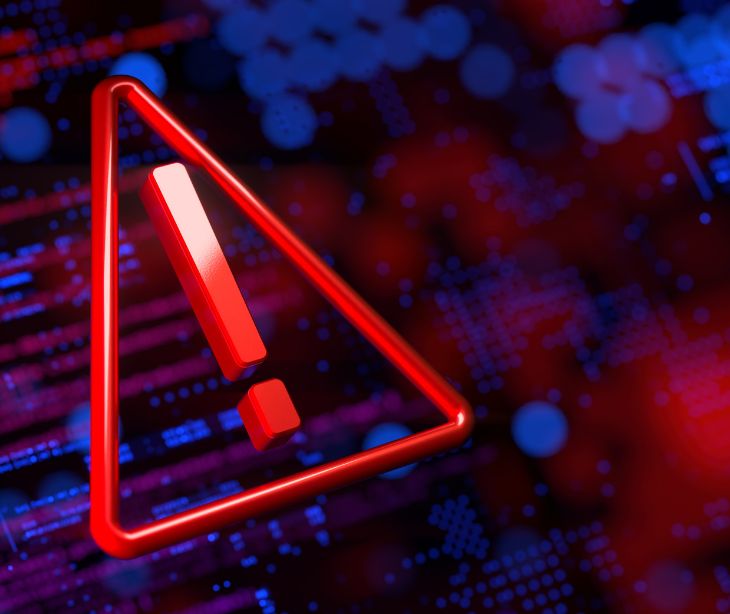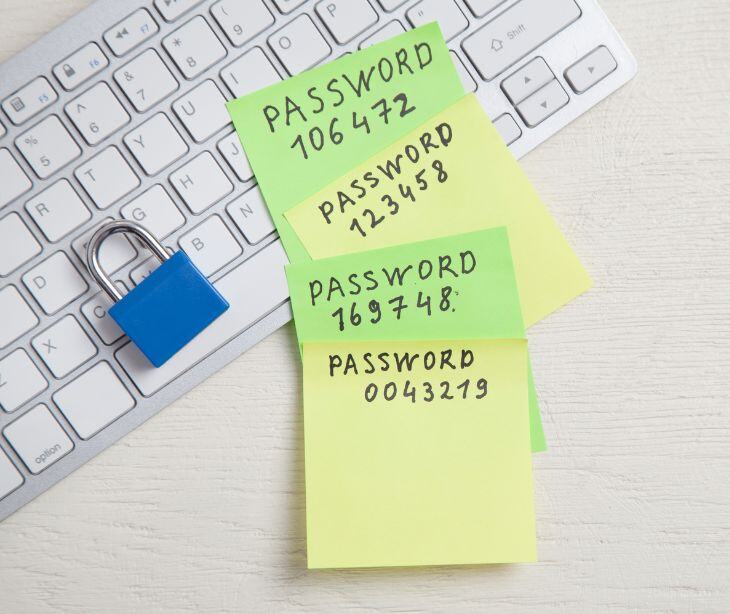2 min read
Mitigating the threat of insider data breaches in healthcare organizations
Liyanda Tembani
August 16, 2024

Insider data breaches in healthcare involve unauthorized access to sensitive patient information by individuals within the organization. Healthcare organizations can mitigate these threats by implementing rigorous security measures: training staff on data protection, strict access controls, data encryption, continuous monitoring for unusual activities, fostering a reporting culture, and having clear incident response plans. These strategies help prevent, detect, and respond to insider breaches, safeguarding patient data effectively.
Understanding insider data breaches
Insider breaches in healthcare can be caused by a lack of security awareness, weak access controls, and employee dissatisfaction and manifest in various forms:
- Malicious intent: Individuals deliberately access protected health information (PHI) for personal gain, vendettas, or external sales to unauthorized parties.
- Negligence: A recent study, titled Human Factors in Electronic Health Records Cybersecurity Breach: An Exploratory Analysis, found that most data breaches in healthcare are caused by human error. The study looked at HHS breach data over five years and explored the role of the "human element" in the incidents. Their analysis "revealed that 382 incidents, or 26 percent of all human factor-based breaches, were due to an insider's carelessness, negligence, or apathy."
- Privileged misuse: Authorized personnel abusing their access for unauthorized purposes, potentially compromising patient information.
The consequences of these breaches are severe. Compromised medical records can lead to identity theft, financial losses, and reputational harm for patients. Organizations can face hefty fines and penalties for HIPAA violations and reputational damage that can affect patient trust and long-term viability.
Related: What are the consequences of not complying with HIPAA?
Strategies for insider breaches prevention
- Security awareness programs: Educate employees about HIPAA regulations, data security best practices, and the repercussions of insider threats.
- Access controls: Implement stringent access controls based on the principle of least privilege.
- Encryption and endpoint security: Use data encryption and robust endpoint security solutions.
- Network monitoring and anomaly detection: Continuously monitor network activity for suspicious patterns.
Detecting insider threats
Employees should feel empowered to report anomalies through anonymous channels or trusted supervisors, no matter how seemingly trivial. This reporting culture acts as an early warning system against potential breaches.
Monitoring user activity and reviewing audit logs are instrumental in identifying abnormal behavior patterns indicative of potential insider threats. Anomalies like unauthorized data access, unusual data downloads, or irregular access outside standard working hours warrant prompt investigation.
Response and incident management
Develop a comprehensive incident response plan outlining containment, investigation, remediation, and notification steps. Regular drills and simulated exercises ensure personnel are well-versed during an actual breach, minimizing response time and potential damage.
Establish clear data breach notification plans to streamline communication with affected patients and regulatory authorities. Swift and transparent communication helps mitigate the fallout and indicates the organization's commitment to rectifying the breach.
FAQs
How can healthcare organizations balance security with employee access needs?
Implementing role-based access controls ensures that employees only have access to the information necessary for their job functions, minimizing the risk of misuse while maintaining operational efficiency.
What are the signs of a potential insider threat in healthcare?
Signs of a potential insider threat include employees accessing patient records they don't typically handle, unusual activity during non-working hours, or excessive data downloads without clear justification.
How can healthcare organizations ensure compliance with breach notification regulations?
Healthcare organizations can ensure compliance by developing clear, predefined data breach notification procedures that outline specific timelines and communication methods for notifying patients and regulatory bodies, ensuring timely and effective responses.
Subscribe to Paubox Weekly
Every Friday we'll bring you the most important news from Paubox. Our aim is to make you smarter, faster.




